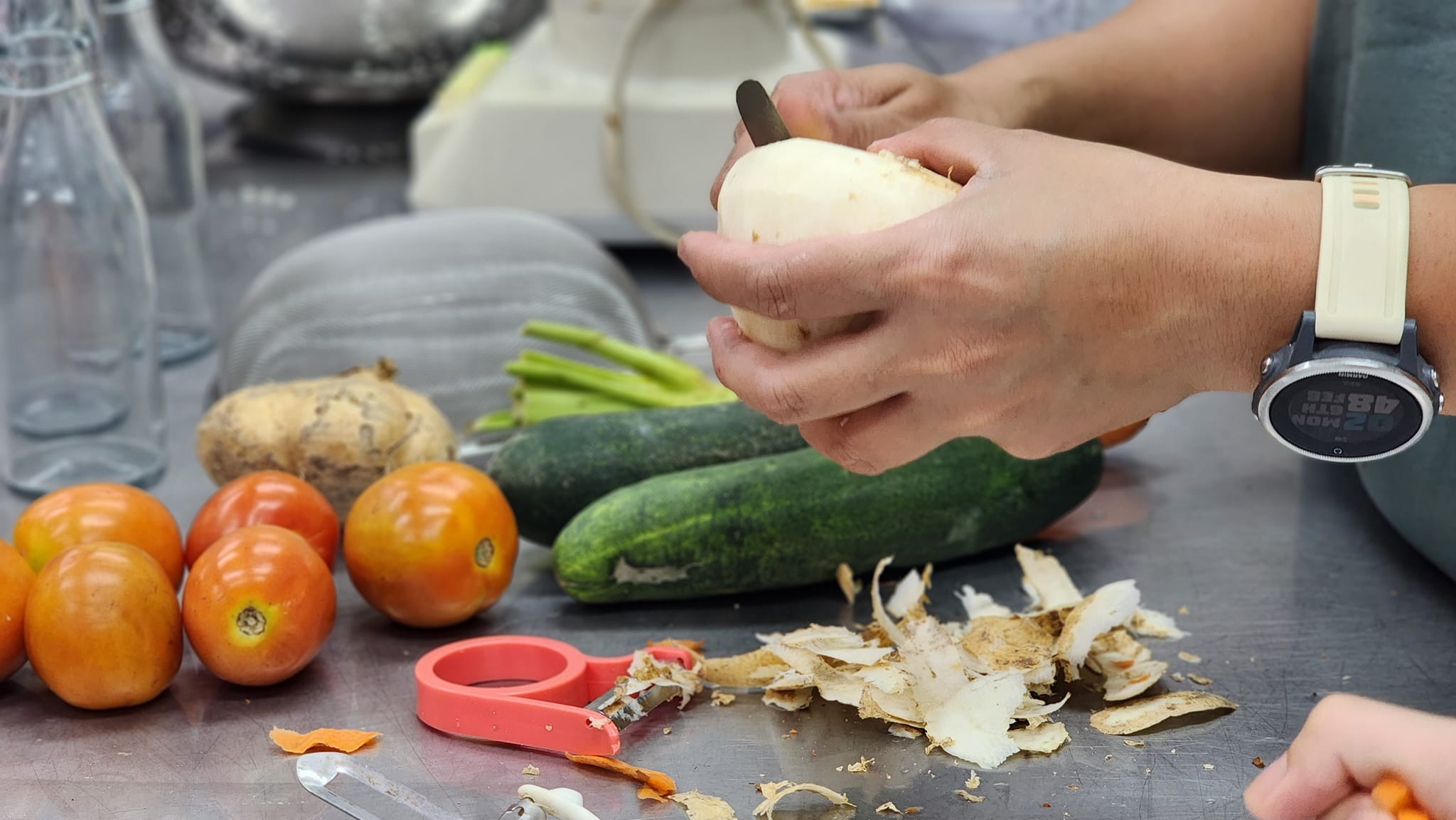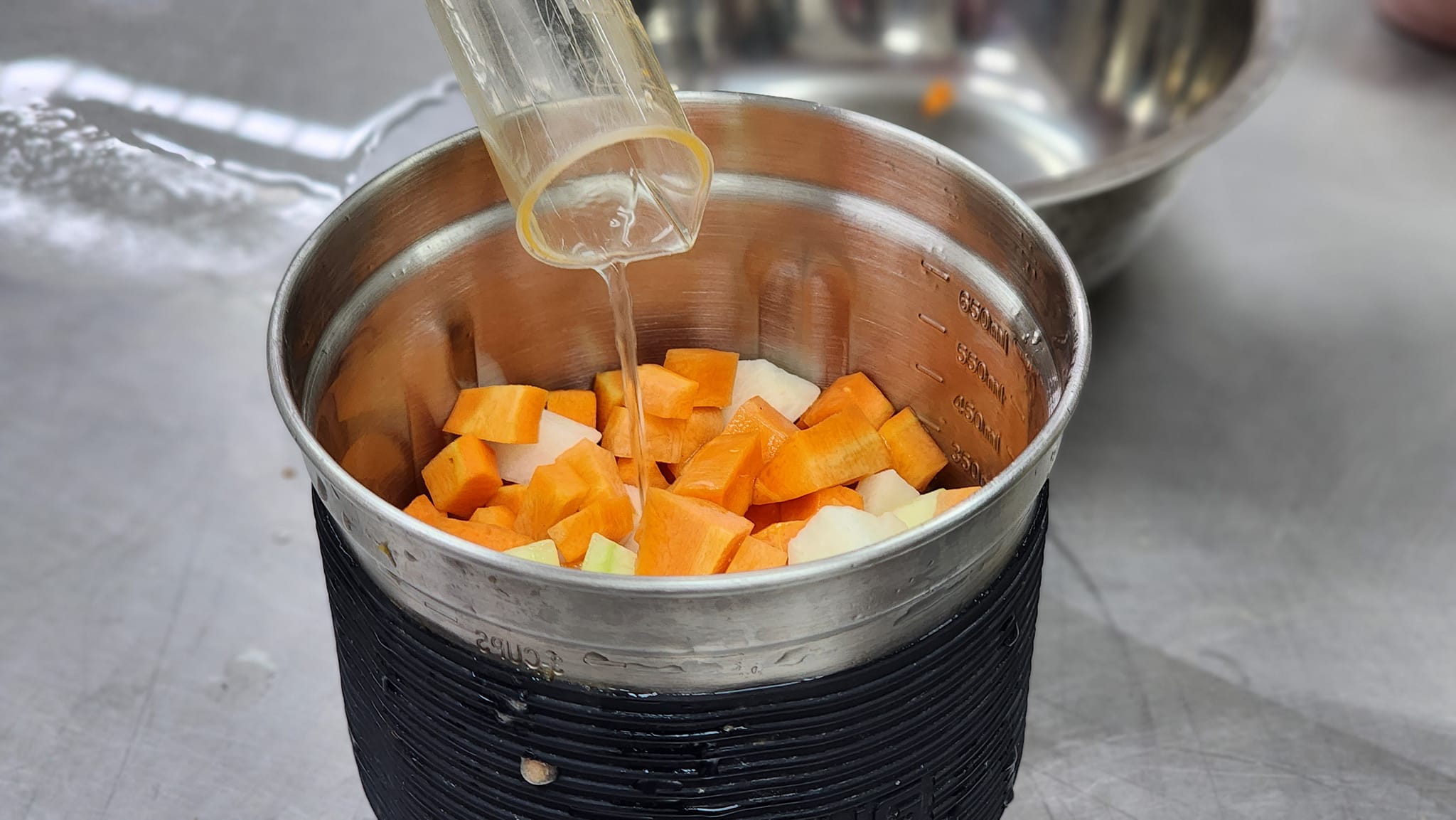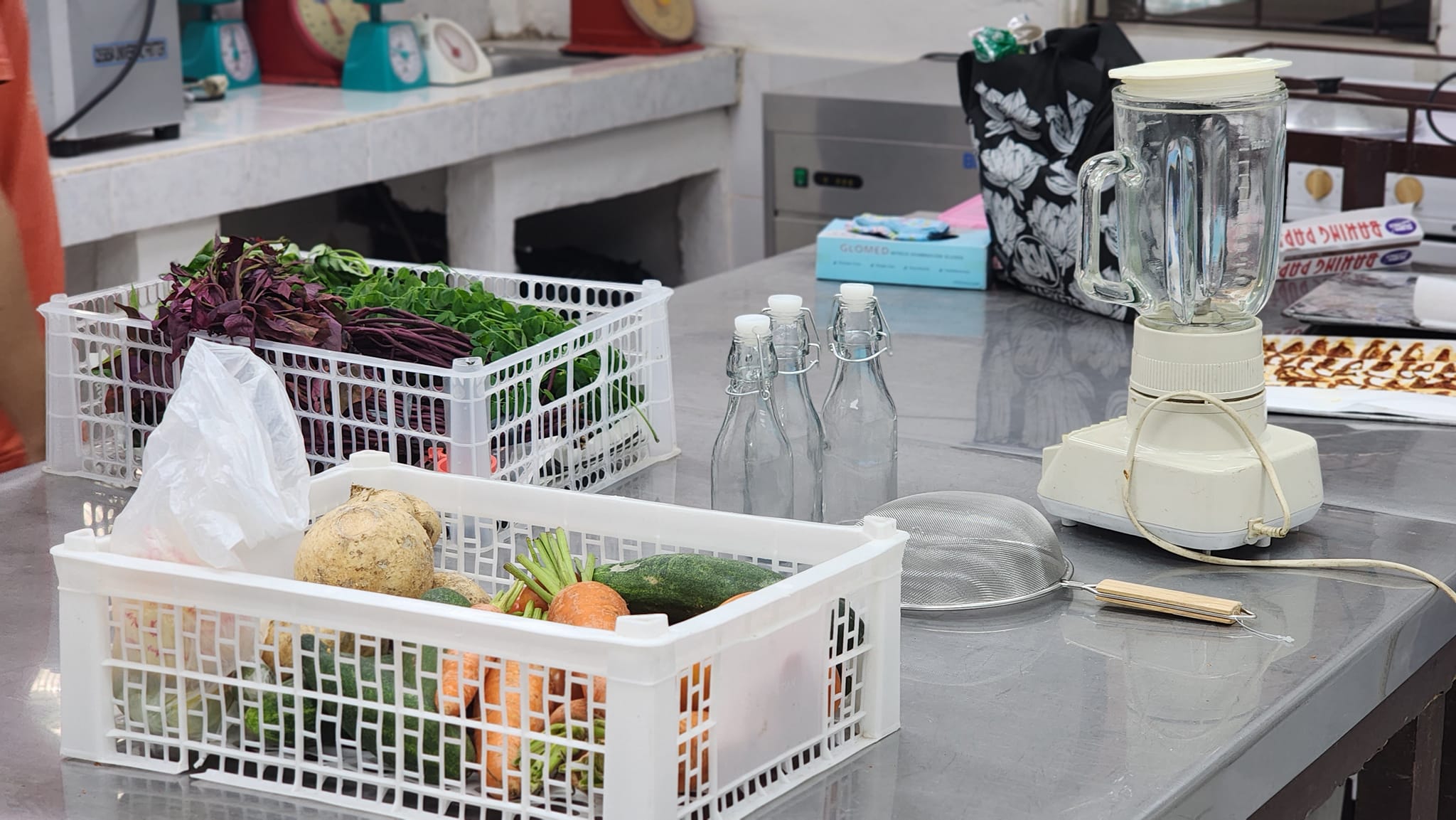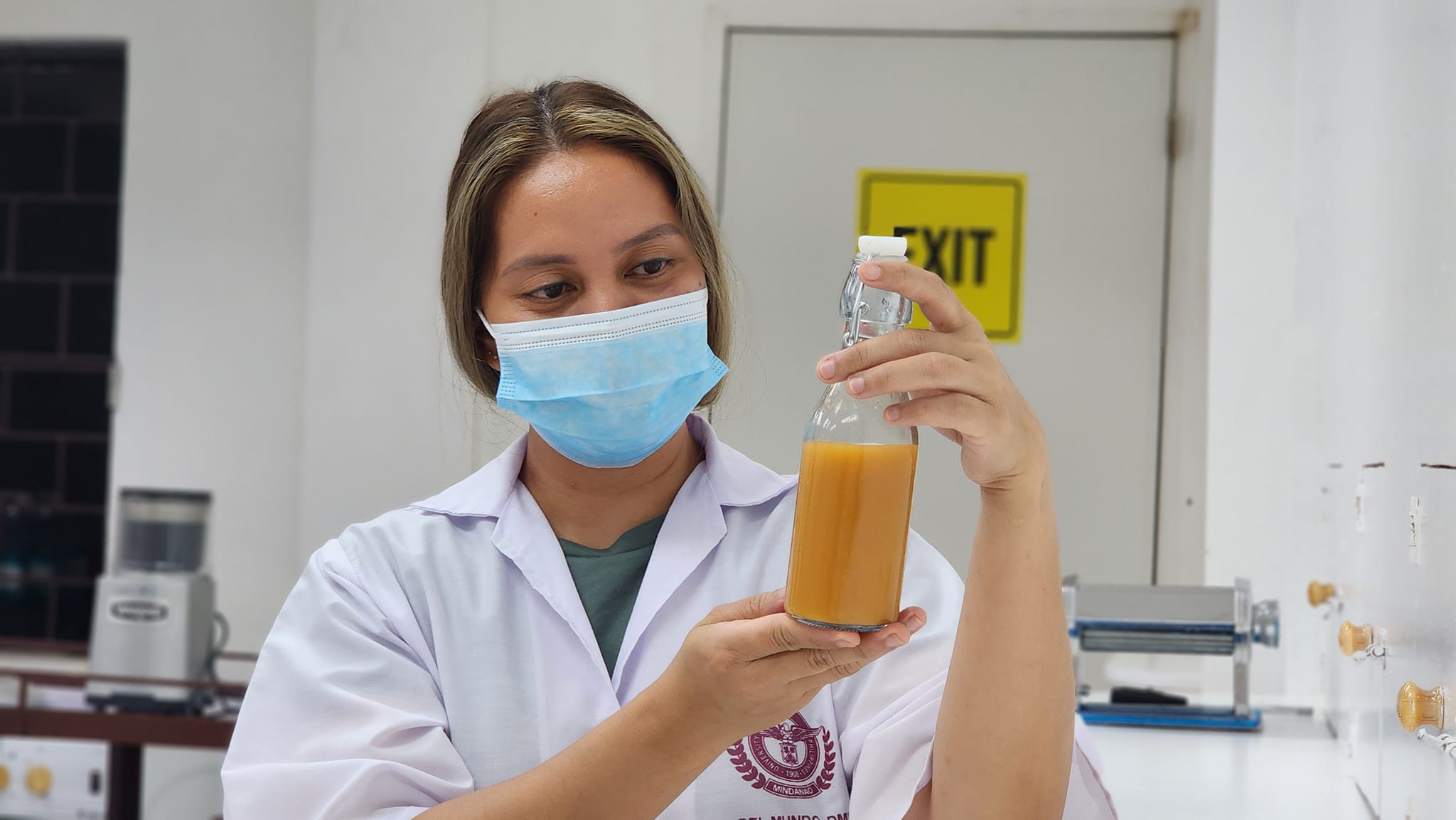Vegetable Juice Beverage, 2023
 |
 |
 |
 |
 |
 |
 |
 |
Authors: Gil Emmanuel Bancud, Alex John Labanon, Neil Angelo Abreo & Vladimer Kobayashi
Conference paper
First Online: 31 January 2023
Part of the Communications in Computer and Information Science book series (CCIS,volume 1752)
Abstract
The scarcity of information about benthic marine litter especially in developing countries hampers the implementation of targeted actions to minimize the extent of its impacts. This study developed a system using image processing and deep learning methods for detecting/tracking marine macro litter that can efficiently identify and quantify its amount in benthic environments in shallow coastal areas. Shallow underwater litter detection poses several challenges. First is the low quality of images. Second is the difficulty in recognizing litter brought by their varying visual characteristics. Third is the lack of available data for training. Underwater images of litter were collected from marine litter hotspots in coastal areas in southern Philippines. This study experimented with various object detection algorithms. The best object detection model is then paired with various image enhancement techniques to determine the optimal combination. Among the combinations that were tested, YOLOv5n combined with CLAHE gave the best performance for simple binary task (litter or not litter) with a mAP@0.5 of 0.704. Furthermore, the results showed that applying underwater image enhancement techniques provides noticeable improvement for object detection models on detecting marine litter.
Keywords: Yolov5, Image enhancement, Marine litter, Object detection
Lock full review www.8betting.co.uk 888 Bookmaker